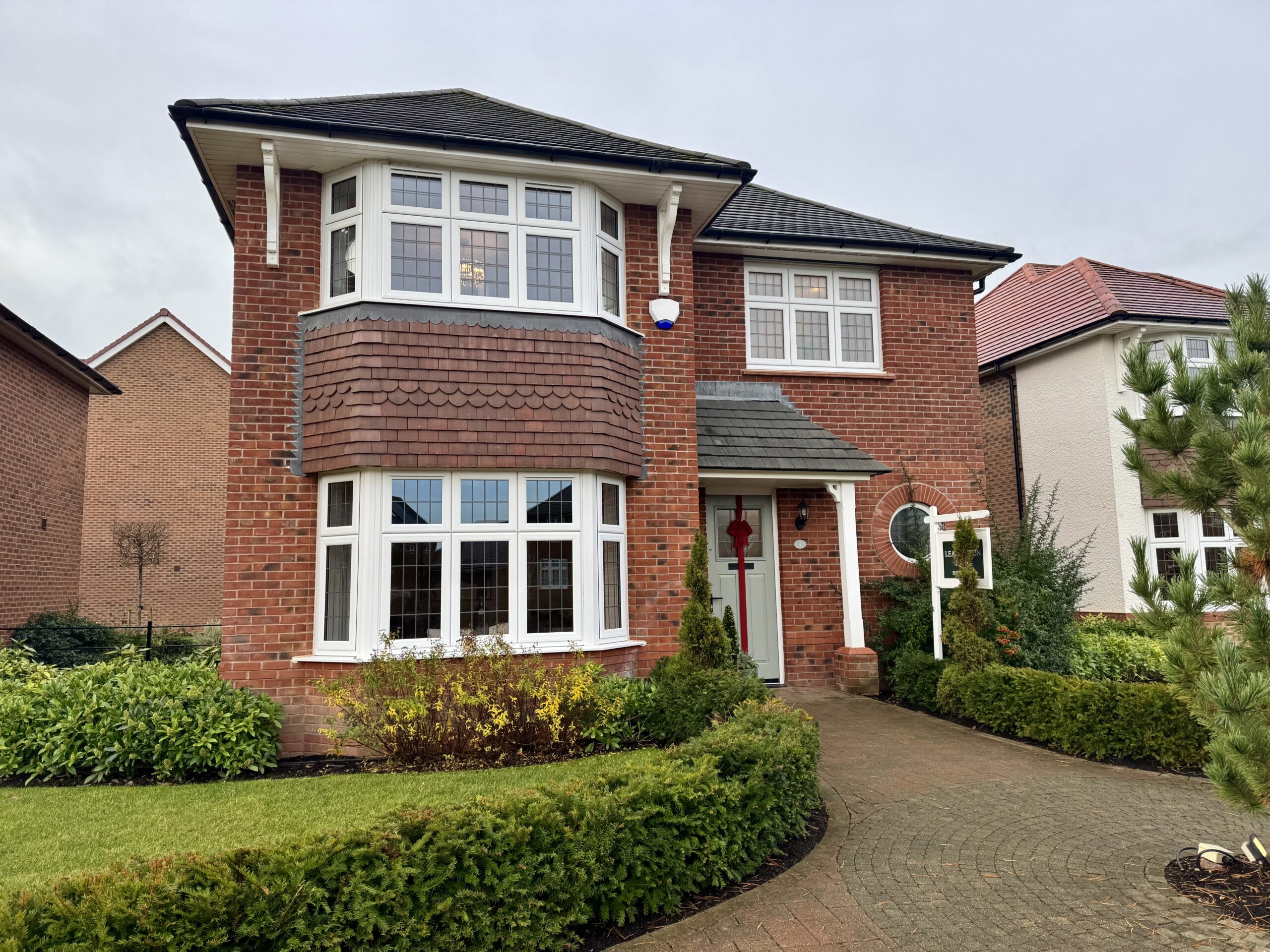
What Does It Really Cost to Run a Home in 2025?
If you’re thinking about buying or renting a home for the first time, figuring out how much it costs to keep the lights on—literally—can...
If you’re buying a home, you’ve probably heard about stamp duty as being one of the additional costs you have to plan for when buying a house. but what exactly is it, how is it paid, and why is it changing? What you might not know is that some big changes to stamp duty coming […]
Lisa Best
20 January 2025
Table of Contents
If you’re buying a home, you’ve probably heard about stamp duty as being one of the additional costs you have to plan for when buying a house. but what exactly is it, how is it paid, and why is it changing? What you might not know is that some big changes to stamp duty coming in April 2025, so here’s everything you need to know- broken down in a simple, no-jargon way.
Table of Contents
Stamp duty (or Stamp Duty Land Tax, to use its full name) is a tax you pay when buying property. The amount you pay depends on the property price and whether you’re a first-time buyer or a home mover.
You don’t pay it monthly like some costs such as council tax – it’s a one-off payment due shortly after completing your purchase, but you will need to have the money ready to send to your solicitor ahead of completion. Your solicitor or conveyancer usually handles this for you, so while it feels like a background process, it’s a cost you’ll need to budget for upfront.
Back in September 2022, the Government introduced temporary stamp duty relief to support buyers in a challenging housing market. This increased the thresholds for first-time buyers and home movers, saving many thousands of pounds.
However, this relief is set to end on 31st March 2025, which means that on 1st April 2025, the stamp duty thresholds will return to their pre-2022 levels. This means higher stamp duty bills for many buyers who complete on their house purchase after 31st March 2025, especially first-timers purchasing homes priced between £300,000 and £425,000.
Here’s how the stamp duty rates compare now versus from April 2025:
If you’re buying a home priced between £300,000 and £425,000, you’ll feel the impact the most, because whereas previously you will have paid £0, you will pay 5% on the proportion of the house price above £300k going forward. Here’s an example:
Remember, this is an additional cost you’ll need to budget for if you’re completing on your purchase after 31st March 2025. If you have exchanged contracts but not yet completed by 31st March you will still need to pay the additional amount as you will complete your purchase after the relief ends.
Home movers will also see higher bills. Let’s break it down with the same example:
For many buyers, the return to higher thresholds means reassessing budgets and timelines and for those due to complete in and around 31st March 2025, its an additional cost that many may not have budgeted for. It’s important to factor stamp duty into your costs early, so it doesn’t catch you off guard later.
Stamp duty may not be the most exciting part of buying a home, but understanding it can save you a lot of stress (and money). By staying informed and planning ahead, you’ll be better prepared for whatever 2025 brings!
From mortgages and insurance to viewings, offers, exchange and completion, our Buyers’ Guide will take you through everything, step by step, from start to finish.
© Copyright Propertyable 2025. All rights reserved.